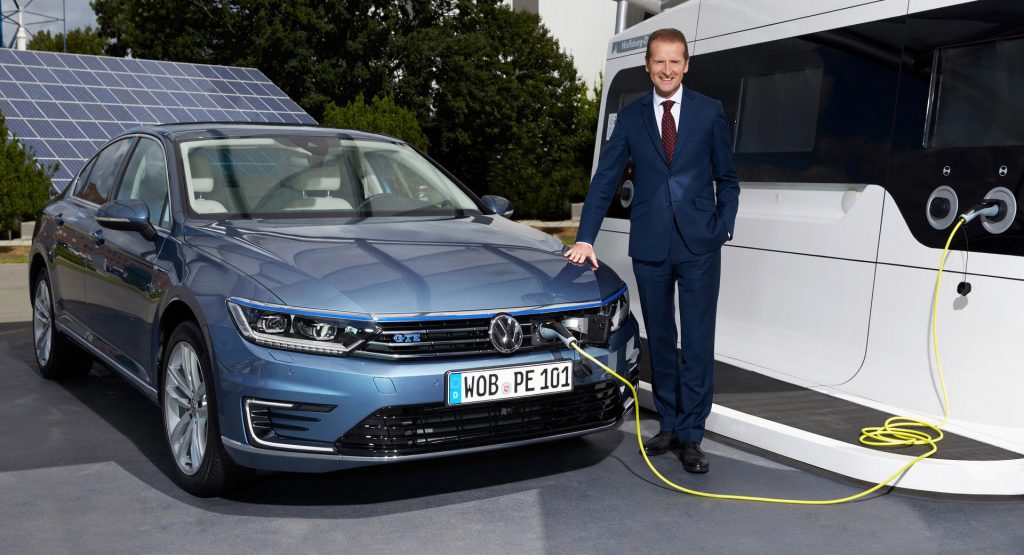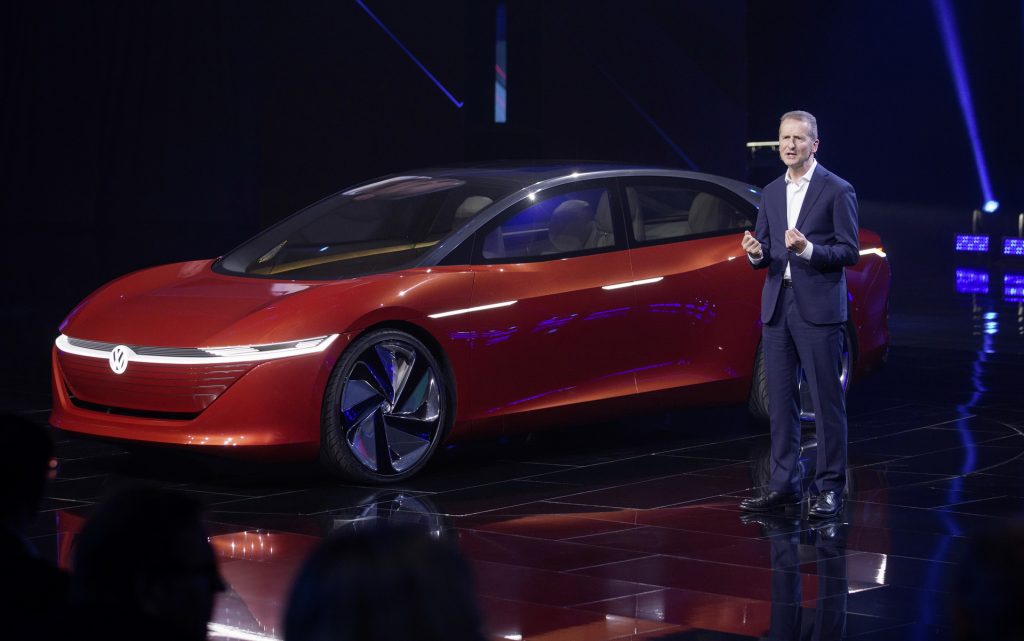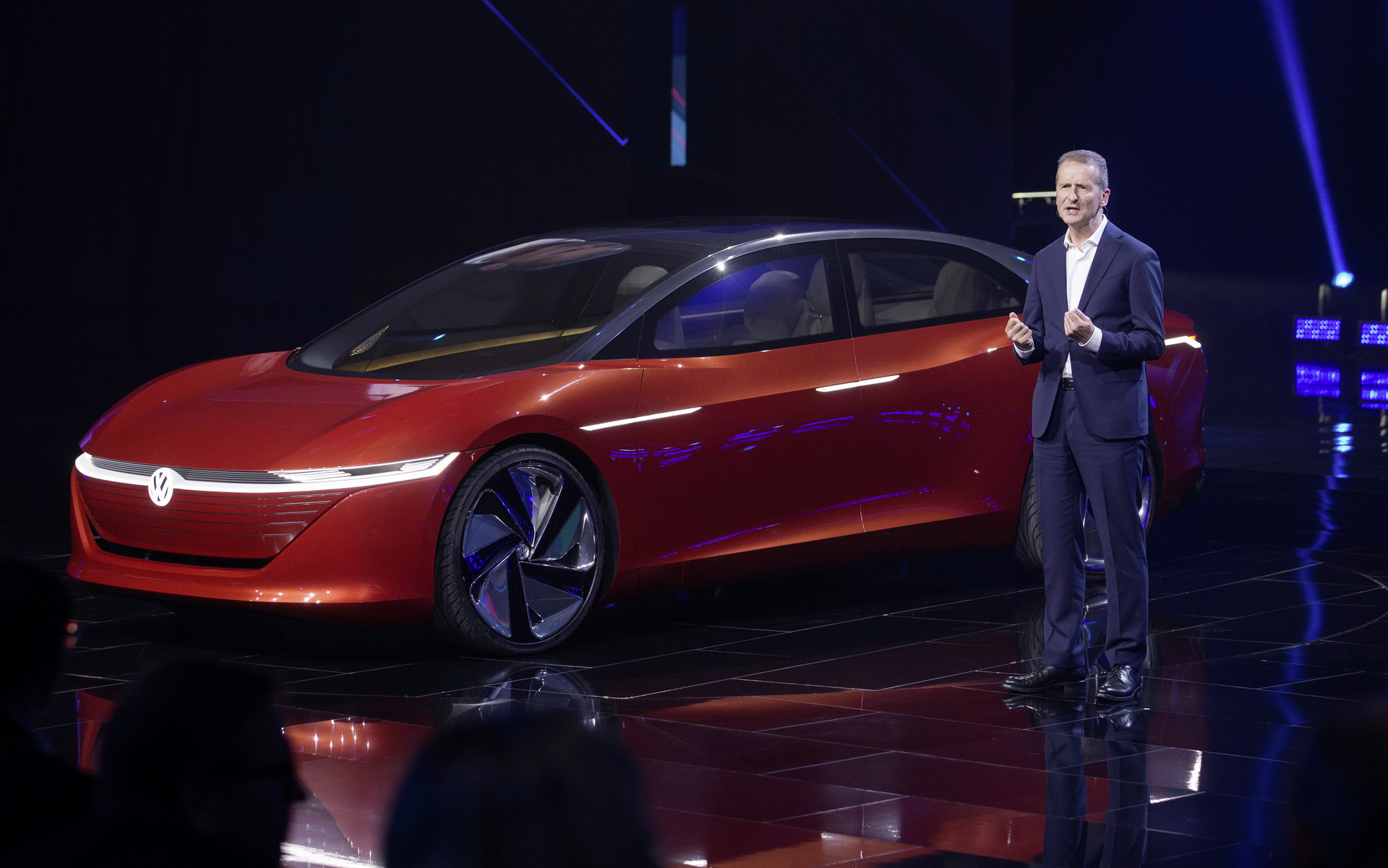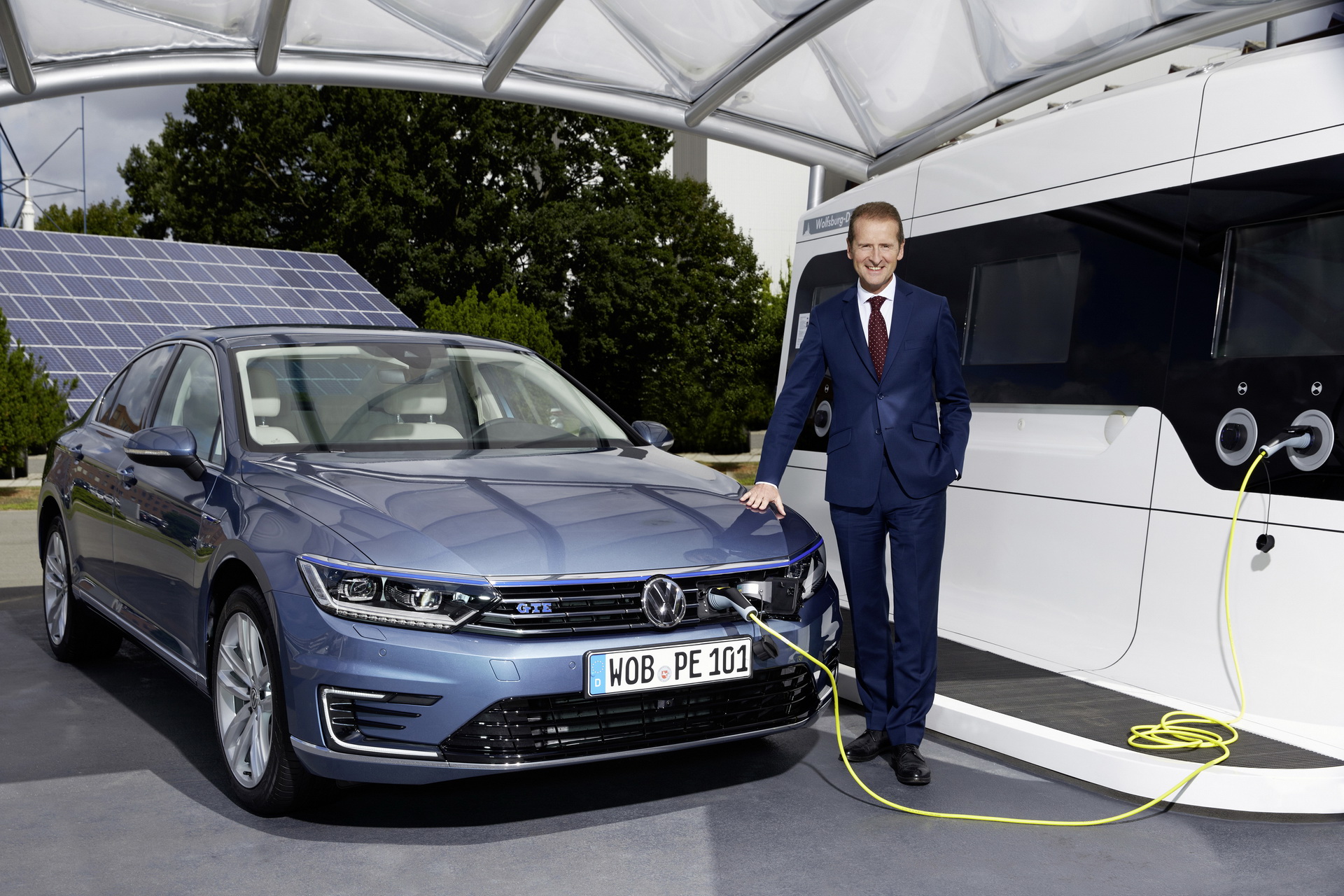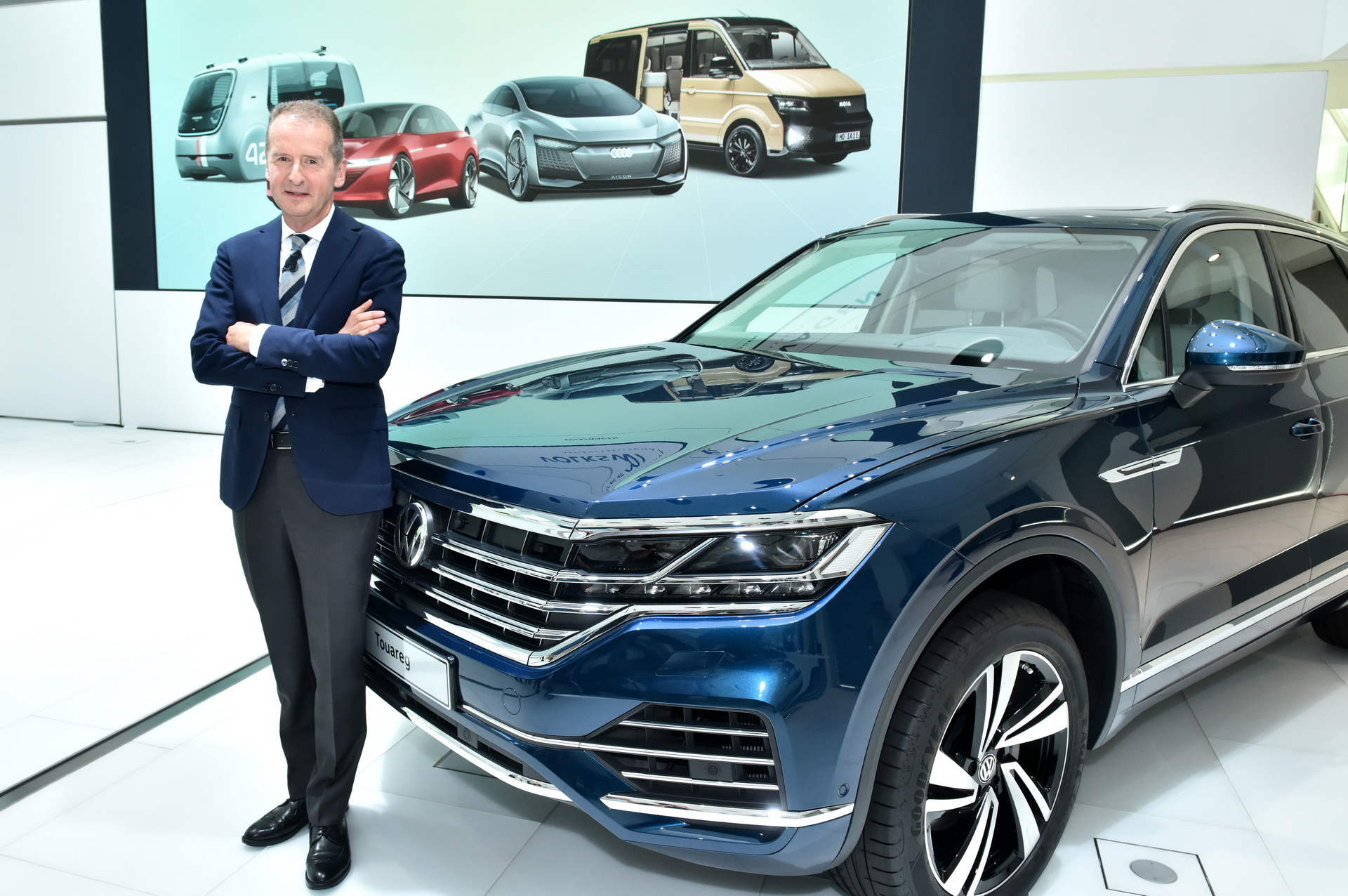Major German car manufacturers have only a 50 percent chance of retaining their position as leading players in the industry, unless they perform the radical changes brought by new regulations and market trends, said Volkswagen’s CEO Herbert Diess, referring to VW Group, BMW and Daimler.
“If you look at the former bastions of the auto industry like Detroit, Oxford-Cowley or Turin, you understand what happens to cities when once-powerful corporations and leading industries falter,” CEO Herbert Diess said during an auto suppliers’ conference in Wolfsburg, Reuters reports.
VW’s CEO also criticized EU governments for the tightening CO2 emissions rules by 2030, labeling them a drastic measure. According to the German VDA, a ban on combustion-engine vehicles in 2030 will pose a threat to more than 600,000 industrial jobs in Germany, of which 436,000 are from car companies and their suppliers.
“From today’s point of view the chances are perhaps 50-50 that the German auto industry will still belong among the global elite in 10 years’ time,” Diess added.
“We are all used to the fact that we have flourishing industrial metropolises around the central manufacturing plants of German carmakers and their suppliers, places where people like to live and work, but that’s not guaranteed for eternity.”
In order to meet the reduced by 30 percent fleet emissions of carbon dioxide in Europe by 2030, Volkswagen needs 30 percent of its total sales to be fully electric cars, or half in the event of a 40 percent cut in carbon dioxide.
VW’s boss also said that the push to cut CO2 emissions from cars is too expensive and will ultimately lead to a rise in CO2 pollution in Germany, as the country is generating electricity from brown coal.
The shift from combustion engines to electric powertrains will also cost 14,000 jobs at Volkswagen by 2020, according to Diess. Electric cars take less time to build than a conventional one while some jobs will shift overseas to battery makers. In addition, an EV’s battery pack and electric motor have just 200 components, compared to the 1,400 in cars with a combustion engine.




